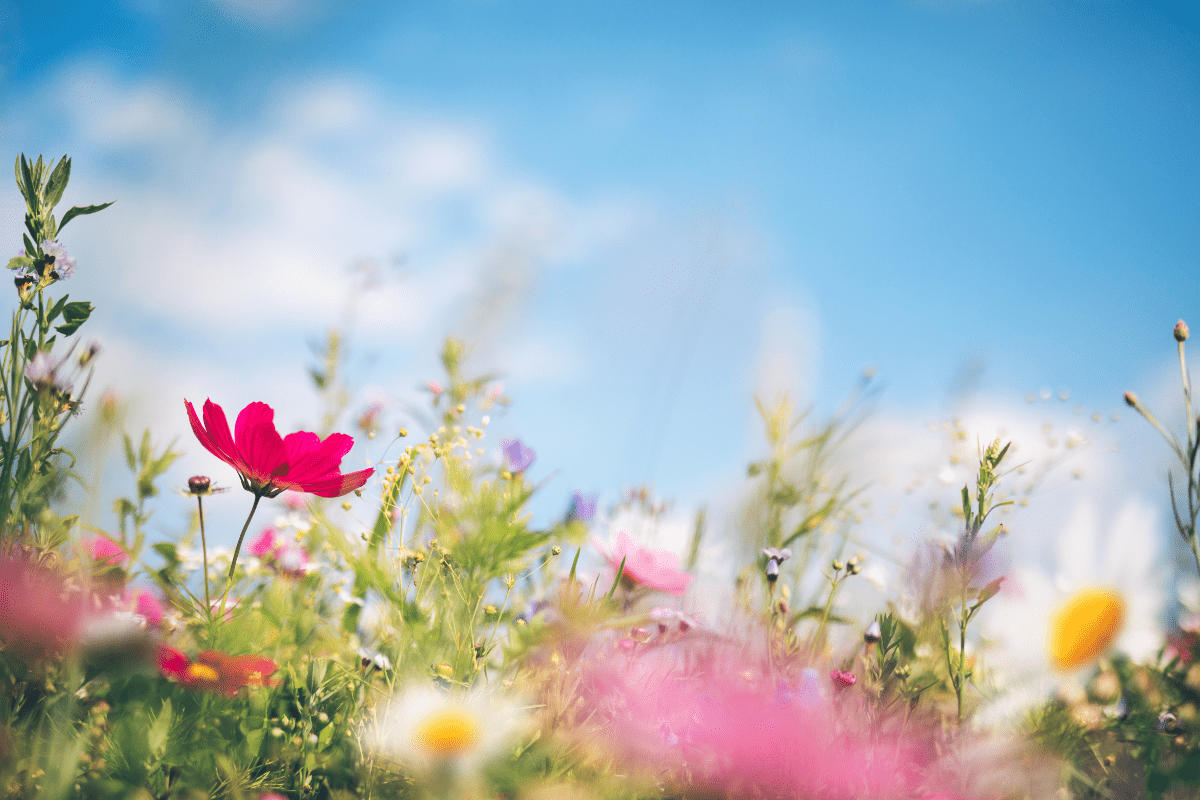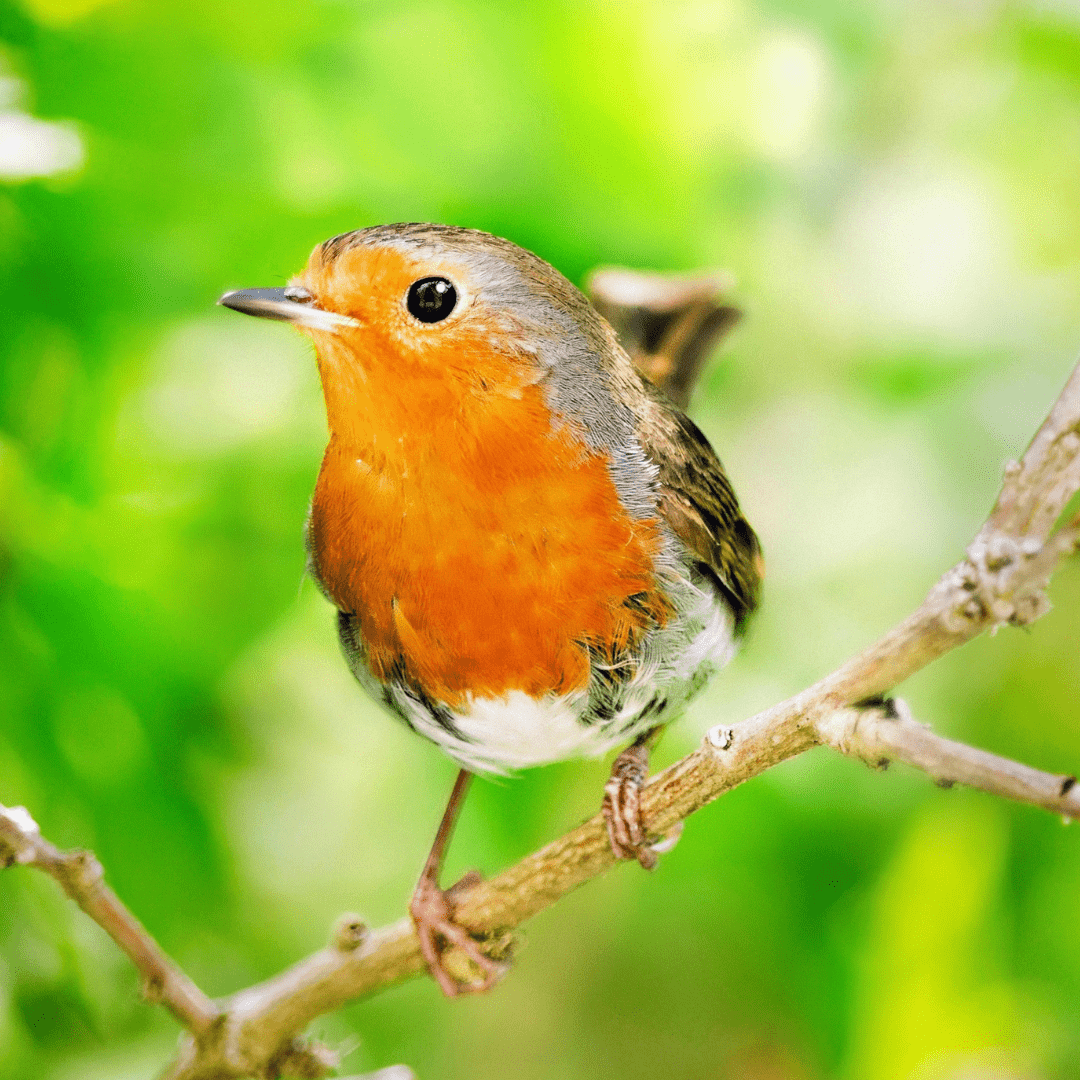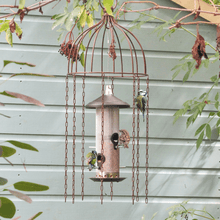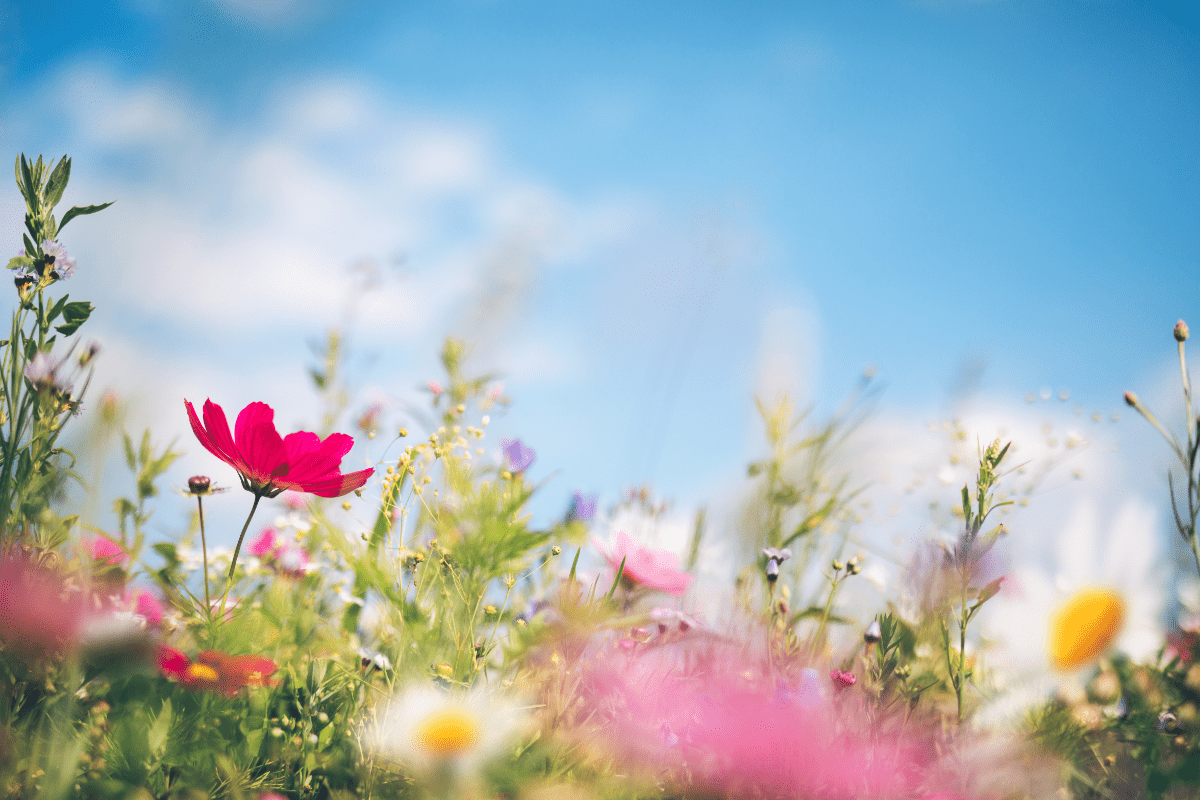Egg-citing times! Let’s learn more about bird eggs!

This is a brilliant time of year for those of us who are fascinated by wildlife - the birds in your garden are getting ready to lay their first clutch of eggs. Usually birds lay one egg each day. After the eggs have been laid one or both parents will incubate them, keeping them safe and warm until they hatch. Some birds start incubating their eggs after they have all been laid (in which case the eggs will all hatch at the same time) whereas others incubate as soon as the first egg is laid, which leads to the eggs hatching on consecutive days. The chick develops from a white spot on the yolk of the egg, which is called the germinal spot, and uses the fatty egg yolk as a source of food while growing inside the egg. The developing bird is surrounded by a watery substance called albumen, which allows gases to move between the shell and embryo. Egg shell is porous, allowing oxygen into the egg and carbon dioxide out.
Why are eggs...egg-shaped?
One theory is that it depends on the nest site, with birds laying in precarious places producing cone-shaped eggs so they roll in a tighter circle and don’t tumble out of the nest. But according to a study by Harvard University, the size and shape of an egg depends on the bird’s flight efficiency. High speed birds lay narrower, more elliptically shaped eggs because they have sleek and streamlined bodies for flight, leaving less space for their reproductive organs. Slow gliding birds like owls lay rounder eggs not because they nest in cavities, but because they are physically bigger birds with wider oviducts.
Why are eggs different colours?
Bird egg shells are made from calcium carbonate, which is white, but birds have evolved to add different pigments to their eggs depending on where they will be laid. If a bird builds its nest in a tree or shrub, she will usually have blue or greenish eggs (like the blackbird eggs pictured right) for camouflage, but a bird who nests in a cavity will lay white or pale blue eggs so the parent can spot them in the dark and doesn’t tread on them by mistake. Because a cavity is secure, there isn’t any need for camouflage. If a bird is laying her eggs closer to the ground the egg will usually be brown or speckled.
Who lays the biggest eggs?
Our smallest egg belongs to our littlest bird - the goldcrest. Each of the seven to ten eggs laid weighs less than 1g so they really are tiny. The mute swan lays the largest and heaviest egg in the UK, weighing in at around 340g, although worldwide the ostrich is the clear winner with eggs weighing up to 1.6kg (pictured left)! Although most birds lay eggs relative to their own body size, the cuckoo lays eggs much smaller than similarly sized birds. This is because cuckoos are parasitic birds and lay their eggs in the nests of little birds, abandoning them for the hosts to raise and care for.
How many eggs do birds lay?
The number of eggs in a clutch doesn’t seem to depend on the size of the bird - herons lay more than ten eggs, and so do blue tits. Blue tits time their laying to coincide with sudden glut of the caterpillars they need to feed their young, so they lay one clutch of up to twelve eggs between March and June, but blackbirds have a reliable food supply and lay two to three clutches of three to four eggs between March and July. Good old wood pigeons are such opportunistic feeders that they’re happy to lay all year round (although they only lay two eggs at a time).
What do I do if I find an egg or a chick?
Eggs are protected by law and it is illegal to intentionally take or destroy eggs or disturb a nesting bird. If you find egg remnants on the ground it is probably because the parents have taken them away from the nest so as not to attract predators. If you find a baby bird in your garden, remember that the adult is probably nearby (waiting for you to leave) and will be much better suited to caring for the chick than us. If the chick is in a dangerous position (in a road or vulnerable to cats), it is okay to move it. Watch from a safe distance and contact the RSPB if the parent bird doesn’t come back.


















